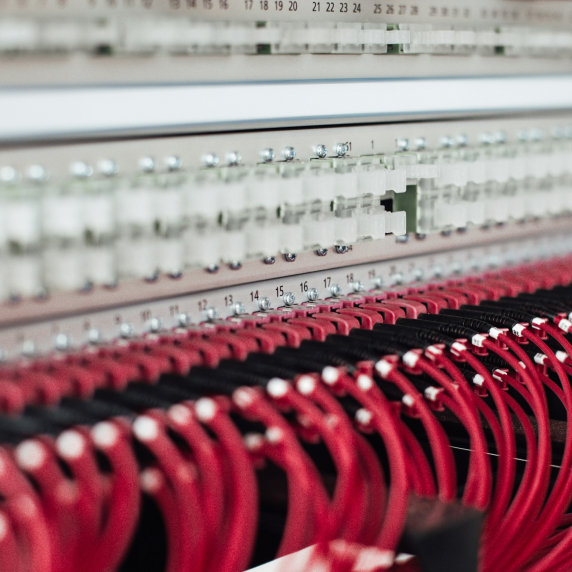Businesses today rely more than ever before on high-speed, reliable and secure networks. While the focus is often about the speed of Wi-Fi or cloud applications, what many don’t realize is that behind every smooth connection lies a carefully designed structured cabling system that acts as the framework that holds the entire network together.

Image credit: gokaravan.com
Whatever your needs, whether you’re an entrepreneur or a major corporation the proper structured cable is an absolute must.
What exactly is Structured Cable, Really?
Consider structured cabling as the physical skeleton of your IT infrastructure. It’s a system that helps arrange cables and other hardware to ensure that all phones, security and computers are able to communicate and connect. The structured cabling system will not include the clutter of wires that you may find in older installations. It’s clean and logical, and is designed to change with technology.
A well-planned cabling system supports voice, data, and multimedia across the entire enterprise. It’s modular, which means you can easily upgrade, modify or relocate systems. Most importantly, the system is flexible and ready to grow with your business.
What is the reason Structured Cabling Services Are Important
Structured cabling isn’t an all-inclusive solution. Every building, every sector, and every kind of business will have its own unique performance requirements. It’s crucial to collaborate with an expert in structured cabling that is specialized in.
Professionals will review your current infrastructure, future requirements, and physical layout for an individual design. These services include horizontal as well as backbone cabling, patch panels distribution frames, as well as testing for quality assurance of each cable.
Karavan Technology offers structured cabling solutions in the US and Canada that are specifically designed for both basic and more complex situations. Their offerings range from Cat5E to high-frequency Cat7 cable that can handle 1200MHz. This gives you rapidity and dependability on every level.
The Structured Cabling Installation Process
Structured cabling is usually regarded as disruptive. A skilled team can install cables quickly and cleanly often without affecting routine operations.
What is the typical installation?
1. Assessment & Design: Engineers evaluate the space as well as determine the best cable routes and then map out the endpoints.
2. Installation: Racks, cables as well as patch panels and outlets are installed in a neat manner and labeled.
3. Testing and Certification: Every connection is tested to ensure the quality of the signal and is certified to high-performance standards.
4. Documentation is available for upgrading, troubleshooting or future troubleshooting.
After the installation process is complete, you’ll be equipped with a system that can be utilized immediately.
Future-Proofing Structured Cabling Systems
Your infrastructure must keep pace with the fast-paced advancements in technology. A well-implemented structured cabling system offers future-proofing benefits that make it easier to upgrade or expand without starting from scratch. It is feasible to add new workstations, devices, or servers without having to undergo complete overhaul.
Furthermore that, as the demands for data increase, especially in cloud computing as well as videoconferencing, a strong foundation can stop bottlenecks, and ensure reliable performance. There’s no need to worry about latency, signal loss or delay due to old wiring.
Final Thoughts
Although structured cabling is not visible however, it should not be forgotten. It’s the foundation of a functioning, future-proof network that supports all aspects of your business’s operation. You can improve the performance of your company and set the foundations for future success with expert structured cable installation.
If you are opening a brand-new office, enhancing an existing system or planning a major installation that you won’t regret investing in the use of a structured cabling system.
